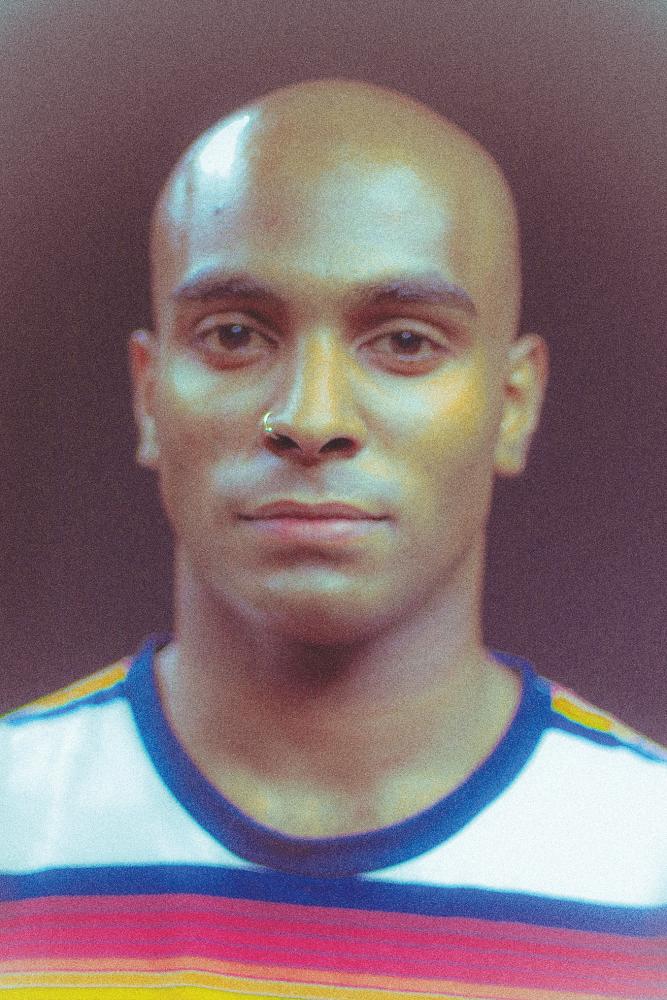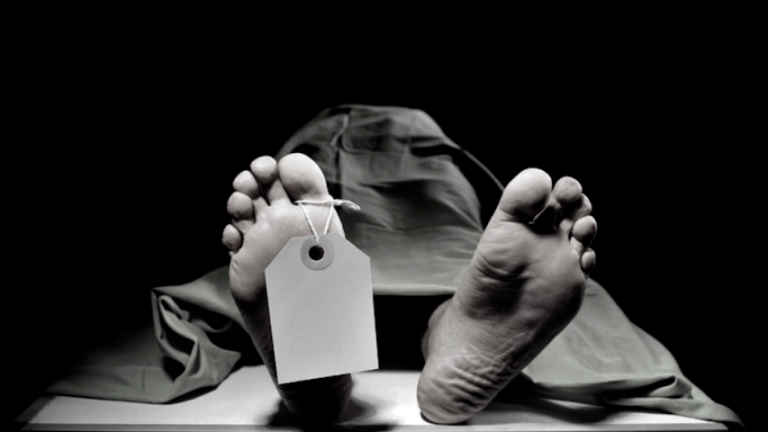THEYVAPAALAN S. Jayaratnam and Luvenia Kalia lived together as housemates for 12 years and have also performed together on the dance stage.
While dance may have brought the friends together, the two discovered that they shared the same views on the issue of racial tension and the uneven treatment of different communities.
They decided to explore the issue of discrimination – based on race, gender, body shape, perception and meanings attached to skin colour – and present it through the elegant movements of their dance in their first experimental film, Skin.
Theyvapaalan, a multi-disciplinary artiste and drama teacher, and dance education graduate Luvenia made the film in collaboration with three like-minded friends.
In an email interview, he shares his experiences on working on Skin.
What inspired you to make an experimental film?
It was a reaction Luvenia and I had to the increasing anxieties with performing for a live audience in the midst of a pandemic. I have always gravitated towards different ways stories are told, not necessarily new or avant-garde ways, but alternative ones. I derive deep pleasure in finding meaning in a series of images.
Tell us about the film.
The film is like a large collage that can be watched in four modules, or at once. It tries to encapsulate two beings confronting the weight of their skin and its transformative qualities.
Theatre director Mark Teh posted on his Instagram stories that it was “a moving meditation on the stories and scars embedded in the landscapes of our skins, the seen and the unseen, and the search for the self
through kinship in others.
A balm for these violent times”. I really like that description.
What do you want to convey or explore through the film?
We really wanted to bring focus and centre the experiences of the female, the queer and the dark-skinned male bodies and the complex multitudes they carry.
We wanted to question the meanings imprinted onto these skins, and to question the erasure of these types of bodies that are taking place until this very day on our very shores.
What motivated you to make a film on this particular subject?
This project was birthed from anger and self-reflection. Anger is a reaction to a pattern of abuse and erasure towards specific body types in our country and around the globe. We were questioning what our skin means to us and the weight it carries, the rituals it absorbs and the ways it reacts to pleasure and pain.
What do you want the viewers to take away from the film?
A few questions actually, like what does your skin mean and how did it get its meaning? How is this meaning enforced or projected? Who enforces this meaning? How can we transform these meanings into something that does justice to the bodies that have suffered the circumstances of these meanings?
What are your future goals?
We would like to create
more opportunities like
these for emerging artistes like ourselves to have room for creative freedom
and expression. To engage with more funding bodies like Cendana, that want to take chances on emerging creatives and experimental approaches to storytelling.















